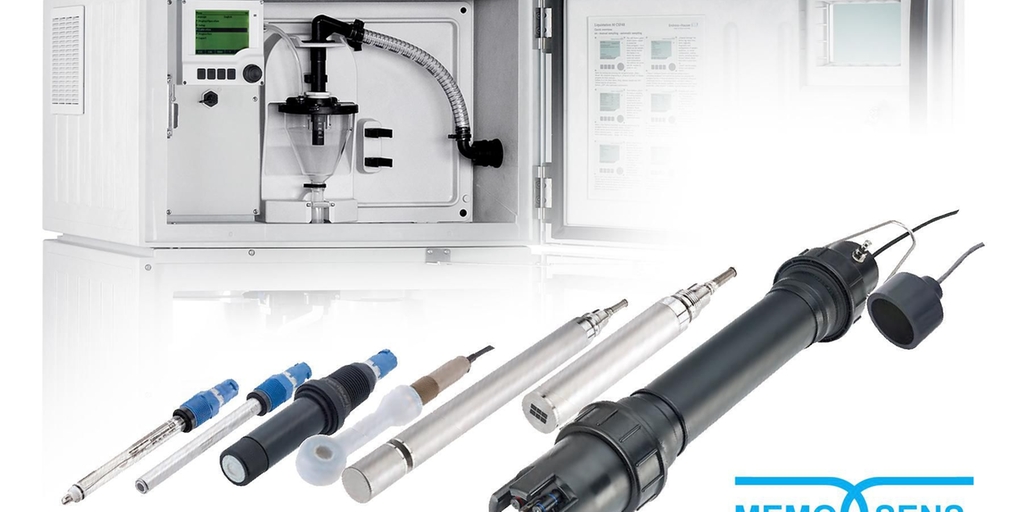Liquid monitoring and sampling stations increase efficiency
Sampling stations can be used for much more than just satisfying EPA regulations

Endress+Hauser Liquistation can accommodate up to 4 additional process sensors to provide information that the W&WW plant can use to control processes.
Water sampling has been required by the U.S. EPA since the 1980s. Every water and wastewater utility or business holding a NPDES permit employs some kind of technique or equipment to acquire water samples, and a method to analyze the samples according to EPA guidelines. While some plants still take manual samples, in many cases, automatic water samplers are used.
Water sampling has been required by the U.S. EPA since the 1980s. Every water and wastewater utility or business holding a NPDES permit employs some kind of technique or equipment to acquire water samples, and a method to analyze the samples according to EPA guidelines. While some plants still take manual samples, in many cases, automatic water samplers are used.
Increased process efficiency in water and wastewater plants
In recent years, automatic samplers have improved to the point where they can be used for much more than just meeting EPA regulations. Today, several robust automatic sampling transfer methods and systems are available to meet a wide variety of matrix and sample compositions. Advanced features provide data which can be used for increasing the process efficiency of water and wastewater plants.
